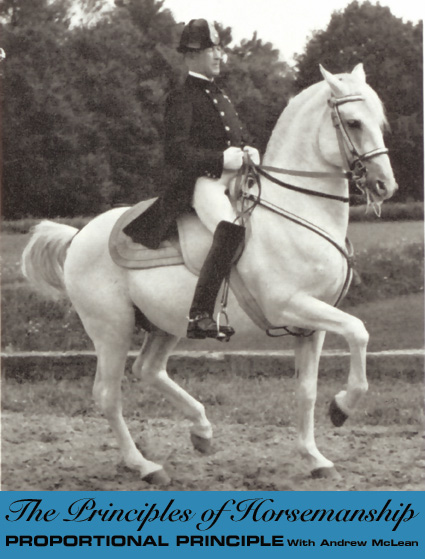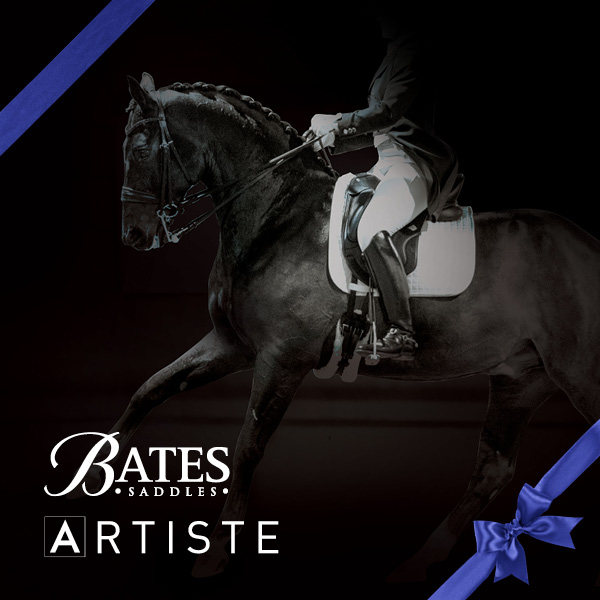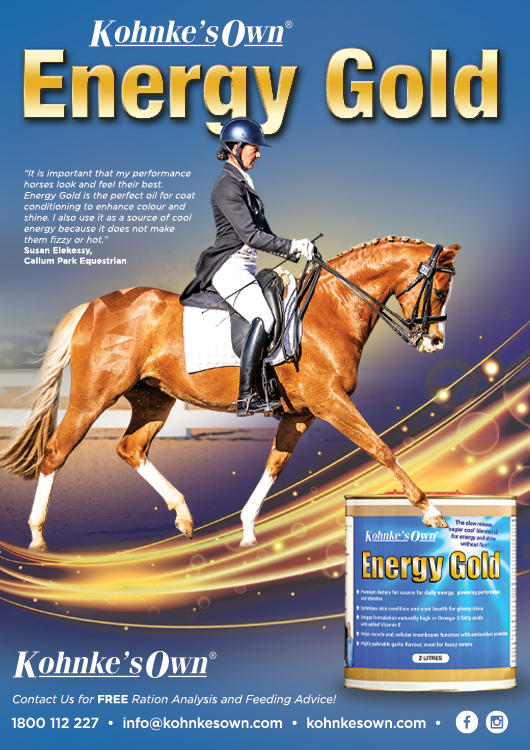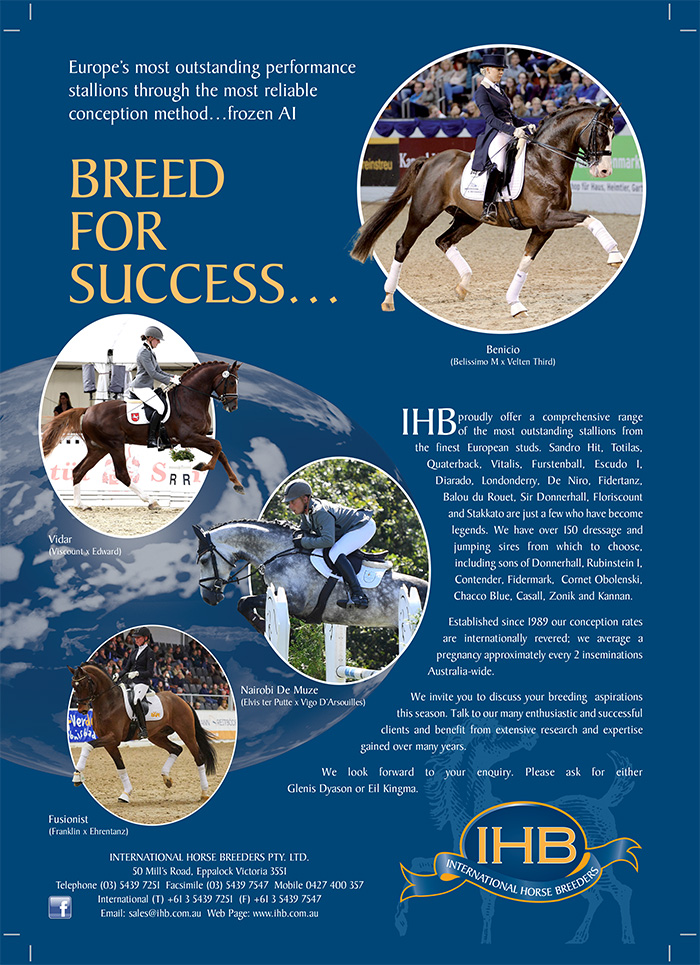Increasing pressures of aids should correspond with increasing levels of response i.e. a small leg aid should result in a smaller go reaction, while a bigger aid should produce a stronger go response.
Compared to other forms of horse training, performance horses need to be much more responsive in terms of speed and power variations. For example if your aim is simply to enjoy trail riding then the task of training is considerably less complex than that of an event horse or a dressage horse. All you really need is a good set of brakes and accelerator and a horse that maintains his own speed. In trail riding establishments, sometimes training is considered to be of less importance than having a quiet horse that is more compelled to follow other horses in the group rather than be guided by the random pressures of a naïve rider.
An imperative aspect of the training of performance horses is that their speed is highly adjustable so acceleration and deceleration can occur rapidly from one extreme to the other, or that it may occur more precisely from one level to the next. For example a horse needs to be able to be rapidly accelerated away from one cross-country obstacle to the next, and to be slowed and shortened in a minimum space of time. Those too slow to accelerate or decelerate incur time penalties. The same abilities are required in the jump-off in show jumping. Dressage horses require abilities to perform transitions into extended canter from collected canter and back again in three beats of the rhythm. In the beginning of the horse’s training, these variations come from variations in stronger pressures, and soon the pressures ‘mirror’ responses. Then they undergo a natural transformation where the horse learns to give the same variations in speed adjustment from more subtle variations in light aids, because the horse perceives that the light aid always precedes the stronger aid, and is therefore predictive of it.
The ‘motivating level’ of pressure
In order to train the horse to respond to variations in the aids, the horse must first be able to achieve gait changes (i.e. walk to trot, etc) that occur without delays. This naturally means that riders must use the amount of pressure that actually works. Imagine the range of pressures that are possible from the reins or the legs on the scale from 0 to 10 (I have previously described these in ‘The pressure principle’, THM Aug 2004). What is known as the ‘motivating pressure’ is the amount that results in the horse offering the response targeted by the trainer. During initial training we discover the amount of pressure that works and the next task is to shorten the time during which the horse receives pressure, so that the transitions occur in three beats of the rhythm of the particular gait. This means we have to skip all the building-up pressures and use only the amount that works. The light aid is the first signal that the horse perceives and this is followed by the stronger motivating pressure (the amount that works), followed by the release.
These three components, the light aid, the pressure and the release should coincide exactly with three beats of the rhythm of the particular gait. Soon the horse learns to respond from the light aid alone, but still the response should occur within three beats. At this stage there is no need for release, and the contact remains the same throughout the transition. Three beats allows for the natural inertia of acceleration and deceleration of a 500kg mass to be managed in the shortest time frame possible within a linear rhythm and without abruptness.
more follows
TRAINING VARIATIONS
Once the horse operates from light aids, the next step is to train variations – variations within the gaits (longer walk / shorter walk etc) and then finally more extreme variations from gait to gait (e.g. walk / canter and canter / walk). These should also occur in three beats. Their training involves pressure release of the rein and leg aids to ensure the correct timing. One of the most common problems that I encounter in my clinics is that many horses do not show variations in responses that correspond with variations in the aids. Instead when a slightly stronger aid is used the horse frequently gives an ‘opposing’ response. An example is that a stronger rein aid makes the horse go faster, or a stronger leg slows the horse. Opposing responses must be very confusing for horses because they correlate highly with the worst behaviour problems such as rearing, bucking, bolting and shying. In the early stages of development, opposing responses also show up as erratic ‘out of the blue’ behaviour. The horse surprises you because quite suddenly and quite unprovoked, it leaps, runs, bucks, shies or rears.
To train variations you need to ensure that there are clear differences between the aids that you use for gait changes and the aids that you use for length of stride variations. Too often riders use the same aids and then it is small wonder that the horse jogs when asked to do a free walk on a long rein. In terms of rein and leg aids, the aid for gait transitions (into and out of walk, trot canter and gallop) are best trained as more prolonged aids (for three beats). On the other hand, the aids for variations within the gaits such as lengthening and shortening the walk, trot and canter are brief (for a single beat only). Accompanying these aids are differences in seat aids. The seat aid for lengthening/shortening is a longer/shorter sweep of the seat whereas the seat aid for a gait change is a more prolonged forward driving (upward transition) or bracing seat aid (downward transition). If riders are consistent, horses have no difficulty perceiving these combinations. Being clear with these aids is essential for the sanity of horses: retraining them in both rider and horse often has a huge effect in transforming a tense horse into a relaxed one.
Focus on leg and rein aids first
Now we are faced with the human learning dilemma. How best to teach people to use both seat and leg aids? It is whole minefield of problems teaching people to do more than one thing at a time. The answer should always be based on the horse’s learning abilities. Therefore if there has to be a priority in training, the first priority is to train the leg and rein aids in all their proportions and variations because only they can ensure the correct timing of the transitions, which is essential for the horse’s obedience. Once relatively consolidated in both the rider’s and the horse’s repertoire final improvements are made through concentrating on the use to the seat and positional aids that complement the leg and rein aids. Training responses in this order is the best way to avoid confusions in the horse by achieving consistent outcomes from responses early on in the piece.
Rider position
And then there’s the balance problem – it’s hard to be consistent with the aids without miscuing or unbalancing the horse through the rider’s losses of balance. That’s why, if you’re attempting to train or retrain a horse, you need to have a high level of core stability in your position that is best achieved on the lunge or on a horse that doesn’t pull or isn’t too lazy. ‘Strong’ horses are particularly bad for a rider’s position and especially bad for children if they want to learn correct equestrian skill. Through constant tension on the reins riders don’t learn to ride the horse forward. Instead the horse runs away (making the rider think it’s forward) and the rider ‘water skis’ on its mouth.
more follows
Don’t rely on seat aids only
It is not sufficient to rely on seat aids alone, because on their own they cannot maintain responses in three beats of the rhythm. After a while the transitions from the seat alone may stretch out to take five or six beats and the horse loses impulsion and can’t lower the hindquarters. Try for example going from walk to halt counting the beats it takes to achieve it without the rein becoming heavier or the jaw opening. In addition, if leg and rein aids are abandoned entirely, there is a greater risk of lowering the horse’s response level. At the conference I attended in Glasgow last month, evidence was presented that showed that if you train an animal to respond to 2 signals (like rein and seat) for one response, then using only one of them lowers responding in the animal. In the best case scenario, the optimal solution for the horse’s learning efficiency is to shrink rein and leg pressures to light aids first, and after this transformation is achieved, accompany these imperceptible leg and rein aids with correct seat and position aids.
Dealing with resistances
In training and retraining, pressures should be proportional to the amount of resistance offered by the horse. Only the motivation pressure should be used, but in saying that, it MUST be used. For example if you use the legs for ‘go’ and the horse stalls or fails to go at all the pressure of the go aids should be increased to the level that motivates him to go and not a whisker more. That is the art of good training and is a major characteristic of successful trainers – they know how much pressure to use. If you use too much you run the risk of creating fear and lowering the horse’s inclination to ‘try’ offering responses. If you use too little you run the risk of the horse habituating to that level of pressure and having to subsequently use greater pressure than had you used the correct motivating pressure in the first place, and gradually dulling the horse to greater pressure resulting in what is known as ‘learned helplessness’. If the horse offers the completely opposite response such as going backwards you then increase the leg pressure a lot more until he trials the correct response. This is the way to tell the horse “that is definitely not the answer – try again”. Similarly the amount of rein pressure used to slow the horse if he mildly accelerates is far less than if he suddenly bolts or bucks.
The advantages of being sharp to the aids
Horses that take longer than three beats to move from gait to gait or to achieve variations within the gaits correlate highly with behaviour problems. Transitions that take too long result in the horse enduring and perhaps habituating to long periods of pressure. They lose their responses and in the case of the rein aids they may lean on the bit resulting in mouth opening, jaw crossing, tongue problems, and general body tension. Horses that take too long to respond to the leg aids become dull, tend to be nagged by the rider and may kick out to the leg aids. Horses that are dull and slow to respond to both rein and leg aids may rear or even self-mutilate in some cases. Maintaining proportions of light aids and their corresponding responses is important in maintaining good behaviour. Training horses to be quick and light to respond to the aids is good for the horse’s well-being – it enables the horse to ‘read’ you and is thus a major component of gaining ‘trust’. It also trains the horse to be quicker with his hindlegs, to ‘sit’ and lower his hindquarters.
Next principle – Self Carriage
Originally published in the December 2004 edition of The Horse Magazine







Excellent magazine.